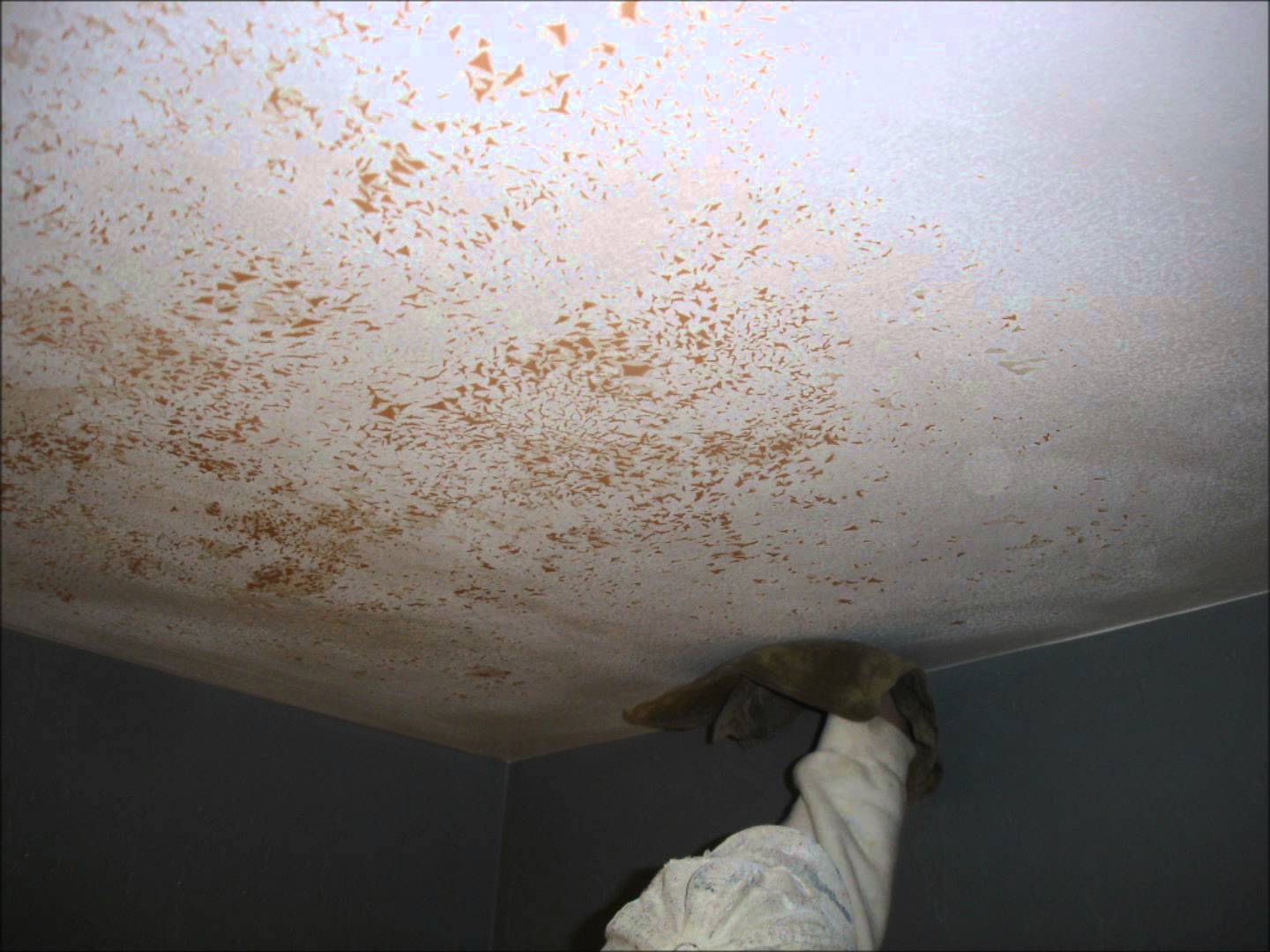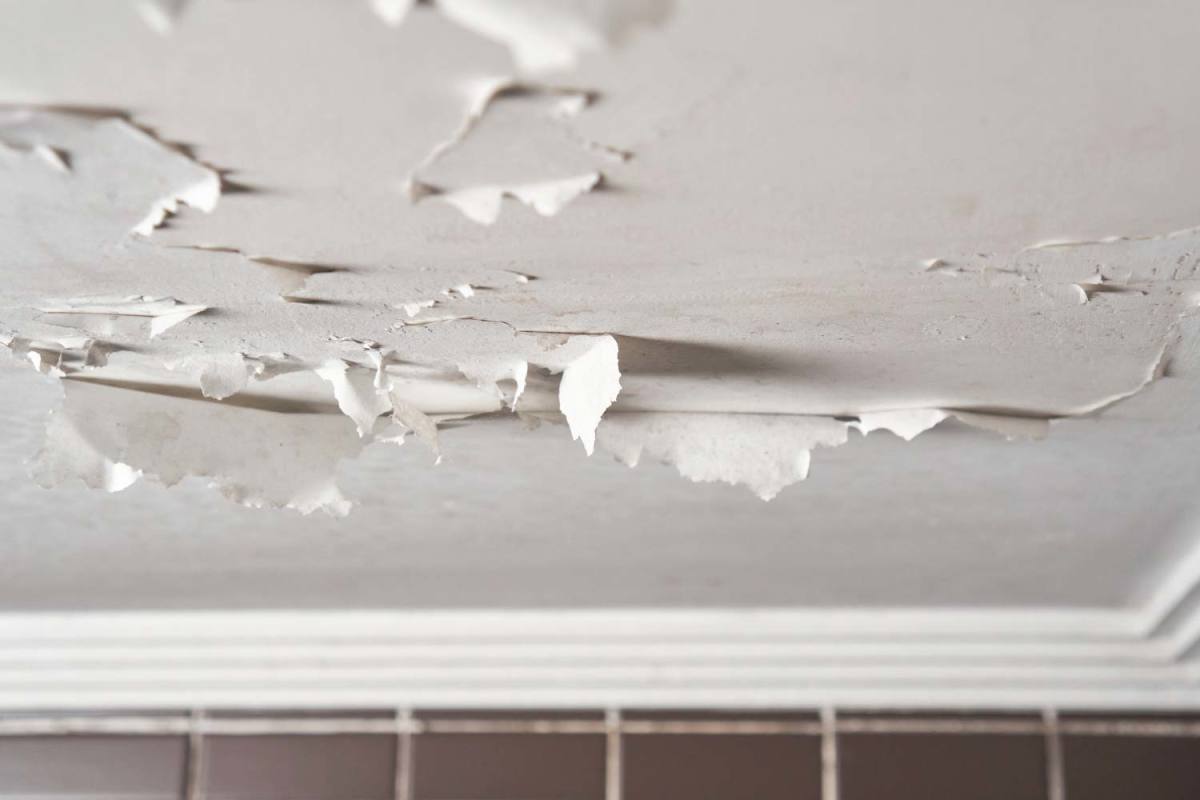Causes of Peeling Paint in Bathroom Showers

Peeling paint in bathroom showers is a common problem that can be caused by a variety of factors. Understanding these causes is crucial for preventing and addressing this issue effectively.
Moisture and Humidity
High moisture levels and humidity are primary culprits behind peeling paint in bathroom showers. The constant presence of steam and water vapor creates a conducive environment for paint deterioration. This moisture penetrates the paint film, causing it to soften, bubble, and eventually peel off.
Temperature Fluctuations
Frequent temperature changes in bathrooms can also contribute to paint peeling. Hot showers create a warm and humid environment, while cooler air from outside can cause the temperature to fluctuate rapidly. These fluctuations cause the paint to expand and contract, weakening its adhesion to the surface.
Improper Application
Inadequate preparation and application techniques can lead to paint peeling. If the surface is not properly cleaned, primed, or painted, the paint may not adhere securely. Insufficient drying time between coats can also result in a weak paint film that is prone to peeling.
Mold and Mildew Growth
Mold and mildew thrive in damp environments like bathrooms. Their growth can damage the paint film, causing it to peel and deteriorate. Mold spores can also cause discoloration and an unpleasant odor.
Paint Types
Certain paint types are more susceptible to peeling in bathroom showers. Oil-based paints, while durable, are less moisture-resistant than latex-based paints. Acrylic latex paints, known for their moisture resistance, are generally recommended for bathroom showers.
Preventing Peeling Paint in Bathroom Showers

Peeling paint in bathroom shower – Peeling paint in a bathroom shower is not only unsightly but also indicates a potential moisture problem. Fortunately, with the right approach, you can prevent this issue and keep your shower looking its best for years to come. This section will Artikel key strategies for preventing peeling paint in your bathroom shower.
Choosing the Right Paint
The foundation of preventing peeling paint lies in selecting a paint specifically designed for the humid environment of a bathroom shower. Moisture-resistant paints are formulated to withstand the constant exposure to water and steam, offering superior adhesion and durability.
- Acrylic Latex Paint: A popular choice for bathrooms due to its water-based formula, making it easy to clean and maintain. Acrylic latex paints are also mildew-resistant and offer good adhesion to various surfaces.
- Epoxy Paint: Known for its exceptional durability and moisture resistance, epoxy paint is ideal for high-traffic areas like showers. It forms a hard, non-porous coating that resists scratches, stains, and moisture.
- Oil-Based Paint: While less common for bathrooms due to their slower drying time and strong odor, oil-based paints offer excellent moisture resistance and durability. They are often used for trim and cabinetry in humid environments.
Preparing the Surface
Proper surface preparation is crucial for ensuring the paint adheres effectively and lasts longer. This involves removing any existing loose paint, cleaning the surface thoroughly, and applying a primer.
- Remove Loose Paint: Use a scraper or wire brush to remove any peeling or flaking paint. Ensure the surface is smooth and free of debris.
- Clean the Surface: Thoroughly clean the shower walls with a mild detergent and water. Rinse well to remove all soap residue and allow the surface to dry completely.
- Apply a Primer: A primer acts as a bonding agent, improving the paint’s adhesion to the surface. Choose a primer specifically designed for bathrooms or high-moisture areas.
Ensuring Proper Ventilation
Adequate ventilation is essential for preventing moisture buildup, which can lead to peeling paint. Ensure your bathroom has a properly functioning exhaust fan that effectively removes steam and humidity during and after showers.
Addressing Underlying Moisture Issues, Peeling paint in bathroom shower
If you suspect a leak or other moisture issue contributing to the peeling paint, it’s crucial to address the problem before painting. Repair any leaks promptly and consider installing a waterproof membrane behind the shower walls to prevent moisture from penetrating the paint.
Peeling paint in a bathroom shower can be a sign of moisture damage and create an unsightly appearance. While you address the underlying moisture issues, consider upgrading the bathroom’s storage with small freestanding bathroom shelves to keep toiletries organized and easily accessible.
This will help create a fresh and inviting ambiance while you tackle the peeling paint problem.
Peeling paint in a bathroom shower is a common problem, often caused by moisture and humidity. While traditional bathroom paint might not be the best solution for this area, you could consider using exterior paint in bathroom which is designed to withstand harsh weather conditions.
This type of paint is more resistant to moisture and can help prevent peeling in your shower.
